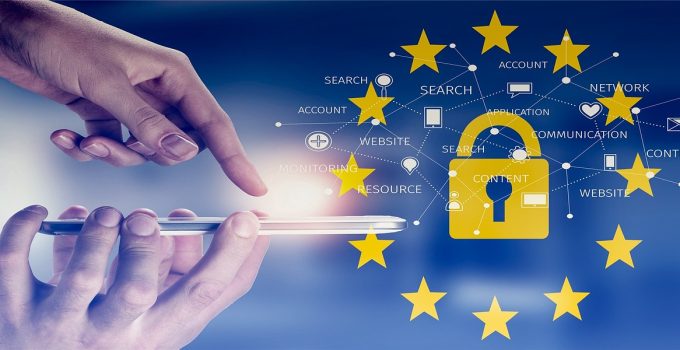GDPR Archive
How networks have evolved and how to secure them Adam Seamons is the information security manager of GRC International Group PLC, after more than 15 years’ experience working as a systems engineer and in technical support. Adam also holds CISSP …
Making compliance easy with our Cloud-based solution CyberComply is a Cloud-based, end-to-end solution that simplifies compliance with a range of cyber security and data privacy standards and laws, including ISO 27001, the GDPR (General Data Protection Regulation), and more. This …
‘GDPR’ has become a familiar term. We recognise the visible and consumer-facing aspects of it in our everyday lives. As privacy professionals, we see consumers exercising their rights to withdraw consent to their data being processed via ‘opt out’ or …
Monday’s €1.2 billion fine for Meta – by far the biggest fine issued under the GDPR since it took effect five years ago – has been taken by many as a sign that the Regulation is at last beginning to …
Perhaps the most widely discussed set of compliance requirements within the GDPR (General Data Protection Regulation) are those found in Article 32. That’s because it contains the measures that organisations must implement to prevent cyber attacks and data breaches. In …
For many outside the data privacy and IT governance, risk management and compliance sectors, the GDPR (General Data Protection Regulation) seemed to appear five years ago as if from nowhere. It had barely made the news before May 2018, but …
Article 17 of the GDPR (General Data Protection Regulation) plays a distinctive yet essential role in data protection law. It enshrines “the right to erasure” (sometimes referred to as “the right to be forgotten”), which allows people to request that …
Under EU and UK law, individuals have the right to know what personal data an organisation processes about them and how it is used. They can exercise this right by submitting a DSAR (data subject access request). The rules for …
At the heart of the GDPR (General Data Protection Regulation) is the concept of ‘personal data’. But what constitutes personal data? Are names and email addresses classified as personal data? What about photographs and ID numbers? And where does the …
The GDPR (General Data Protection Regulation) isn’t just about implementing technological and organisational measures to protect the information you store. You also need to demonstrate your compliance, which is why data security policies are essential. These documents form part of …










